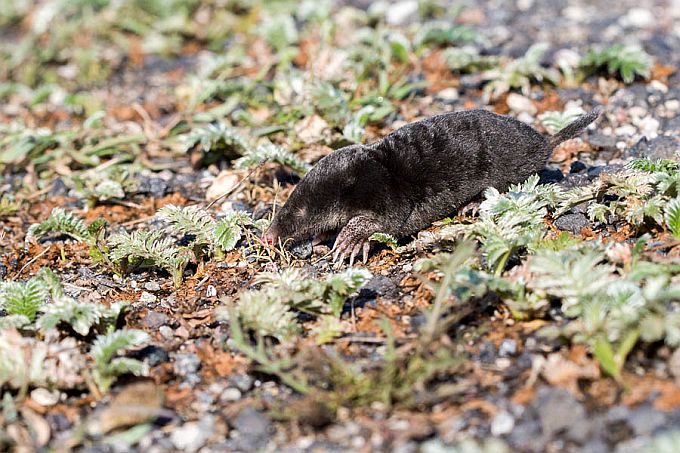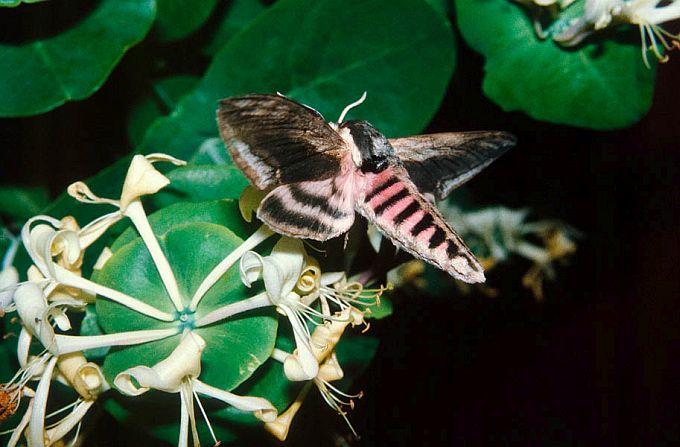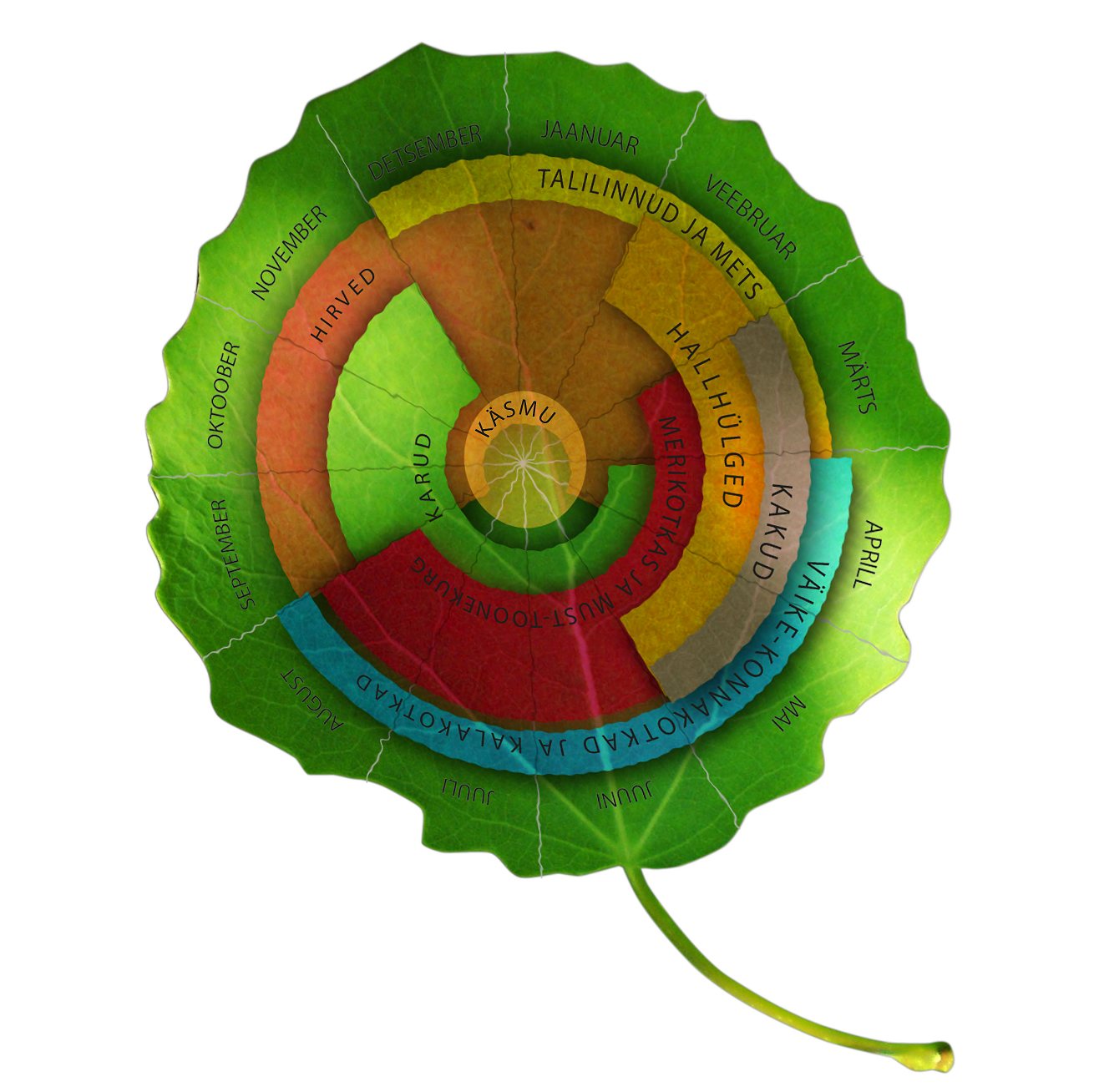You have most likely noticed in the past week, that occasionally on roadways (highways) you can see dead moles. Or maybe you have even happened to see some of these little animals aimlessly plodding along above ground, despite of their fear of light.
Right now is the time, when we are most often able to see them, because the mole families are chasing their offspring out of their underground tunnels. Maybe some eager youngsters are able to build a wall between themselves and their elders, but most of them have to get out into the open and find new soft ground suitable for tunnelling. And doing so, they often get caught in the beaks or teeth of their predatory enemies.
Every so often an enemy will catch one of these wandering mole youngsters, but finds the musky mouthful really sickening, spits it out immediately and the lifeless mole is left lying on the ground In Estonia there have been occasions, where on a short stretch of a path in the woods a whole dozen of such dead moles were found. But generally it is unlikely to find more than three killed moles in one area. It’s in July, that their litter is “ripe” and possibly the food is also finished - one mole needs about an acre of ground - that’s when they go searching for new ground and may perish.
So if you happen to see any of these wandering moles, just leave them alone and let them go. Maybe they’ll luck out and are able to create a new generation.
Now is the time to look out for some other darkness-loving animals as well. Sitting at the campfire we can see what wonderful flying aces the nathusius’ pipistrelle bats are. Their summer colonies can be found between the cottage walls or maybe in the hollows of old linden trees.
And over the pond we may see Daubenton’s bats - the night sky is filled with tiny batman-shadows. At first they seem to whirl around in the air just for pure pleasure, but the night air is also filled with moths! Of those we will be able to notice only the bigger ones, who may get close to the campers out of curiosity. The most fascinating of them is the privet hawk moth, who has a wingspan almost as wide as a palm and who uses its long trunk for feasting on honeysuckle nectar.
Privet hawk moth




